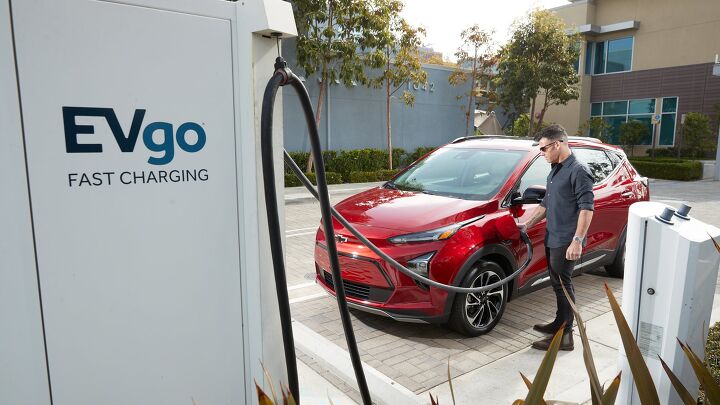
Most of us know that even the most efficient, long-range EVs generate emissions during the raw materials extraction and production phases, and that’s before we count the logistics required to move everything around the world a few times in the process. The Washington Post recently reported on some of the “dirty parts” of EV manufacturing, and it paints a picture of challenges ahead as more people look to make the shift to electrics.
EV batteries weigh hundreds of pounds and require several minerals and other materials that have to be mined. Many of the extraction locations are in poor parts of the world where the environmental safety and protections aren’t as strong as they are here. Materials like manganese mined in South Africa can have significant negative impacts on local communities and the people doing the mining. Workers in some mines report memory loss and slurred speech related to their work.
These challenges are likely going to get worse as demand for raw materials increases. The reporting estimated that demand for lithium will climb 40 times over by 2040, while other minerals will see astronomical growth of 20 times or more over that period. New battery chemistries and designs may help alleviate some of that pressure, but it will be some time before that happens, and the damage will have been done.
As The Washington Post points out, the U.S. is working to expand its supply chain through legislation like the Inflation Reduction Act and other efforts. That could raise EV prices initially, as much of the existing sourcing and refining infrastructure lies in China, and upcoming changes to the tax credit rules will make vehicles with Chinese-sourced or refined materials ineligible.
[Image: Chevrolet]
Become a TTAC insider. Get the latest news, features, TTAC takes, and everything else that gets to the truth about cars first by subscribing to our newsletter.

